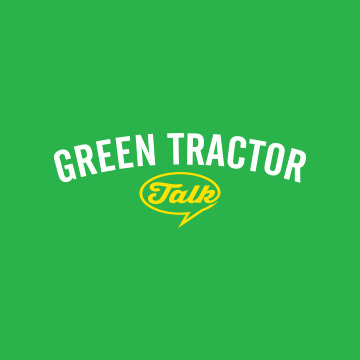Nice restoration job!
The only problem with these Japanese Fords is that parts are made out of unobtanium.
I had a 1700 with steering problems. It rotated nearly 180° before engaging, and even then, it made awful sounds in use. The front wheels flopped to and fro like bad coasters on a grocery cart. Precision work, like backing up to hook up a PTO device, was nearly impossible.
The only steering gearbox I could find — and I searched high and low, including dealers, eBay, etc. — was nearly a kilobuck, and I only paid $1,200 for the entire tractor.
So I disassembled the steering box, and I found the helical shaft was badly stripped.
So again, I searched and searched. Dealers were useless. I found a new one on evilBay for $200. Even then, it was not OEM, but had been custom machined, and had various weirdnesses; for example, it didn't come with the steering wheel nut, and its English thread did not fit the original, which was metric. So I had to find a suitable nut. The bottom bearing was sloppy, with 1/8th turn of slop and an audible clicking sound. (But quite probably the body casting's fault.)
Then, I got an older Ford 3000, made in England. It had 50% more cylinders, and cost nearly three times as much as the 1700. But it was worth it.
You can't drive by a weed-choked field without spotting one of these rusting away. Parts are plentiful. It had a similar problem, and I discovered the steering gear case had cracked and all the gear oil leaked out. A new steering gear box was under $600 from the dealer.
The Ford 3000's steering wheel cap was gone, and it appears water had entered there, run down the shaft, displaced the oil in the gearbox, and froze and cracked the housing. I managed to buy a brand new cap from a New Holland dealer!
If you have a similar situation, replace that cap! It is not just decorative!
Bottom line: unless they are really in good shape, prefer the English/US Fords over the Japanese ones.
At the same time, I re-built the hydraulics. Again, parts were easy to find, including the in-transmission hydraulic filter, which was totally clogged. I replaced all the O-rings and the PTO-shaft bearing while I was in there.
View attachment 101443













